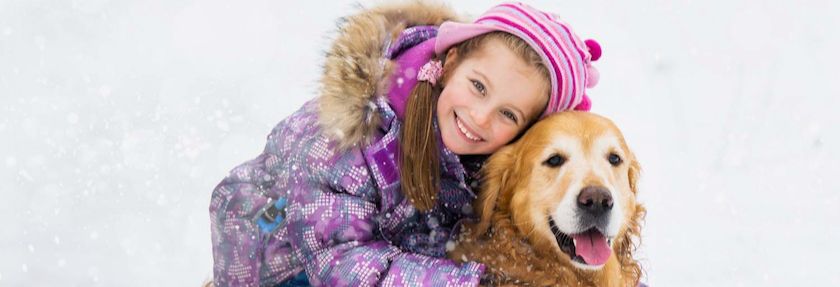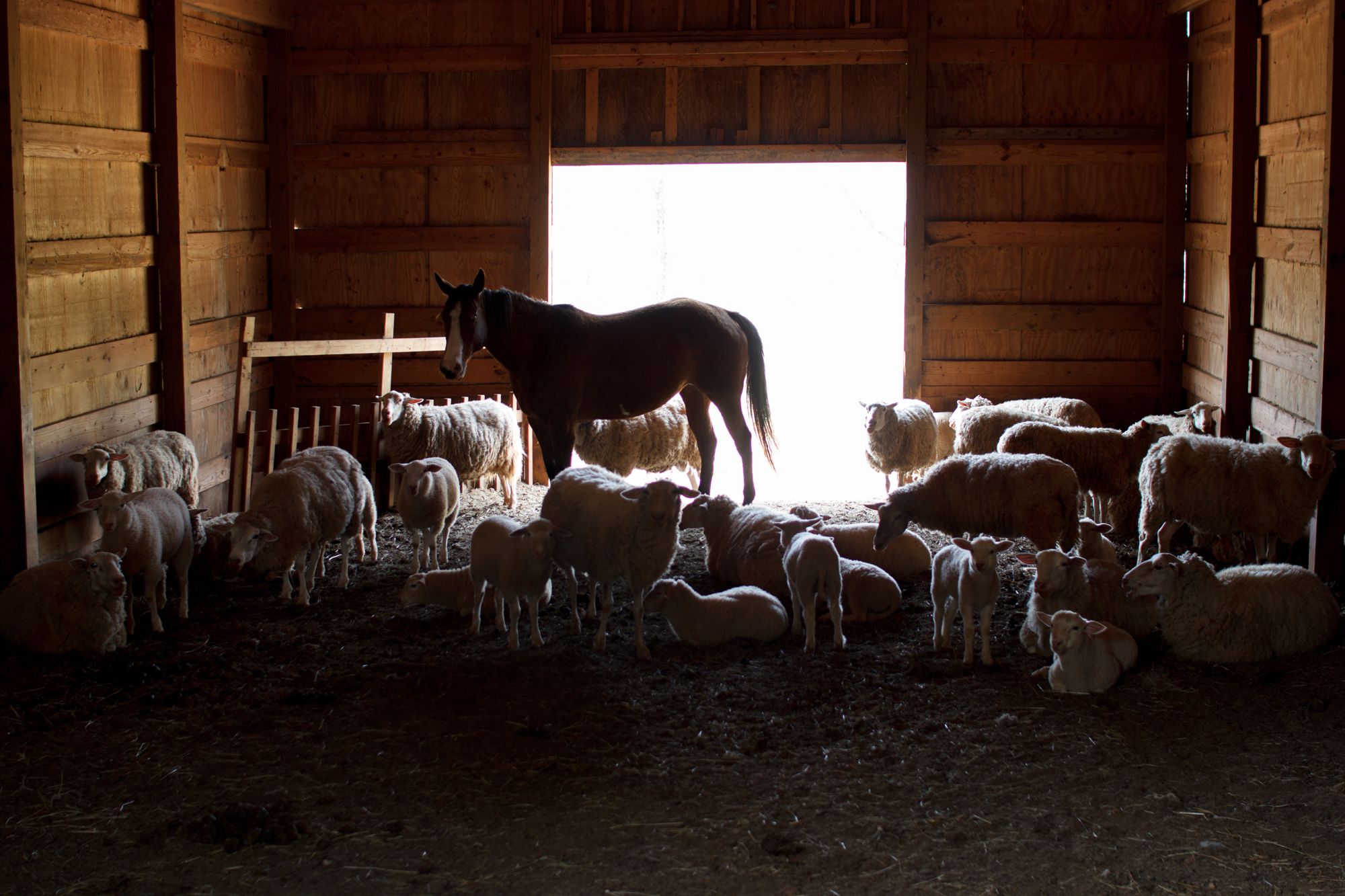A Better Garden with the Leafcutter Bee


Several years ago, my in-laws wanted to raise honey bees in their backyard apple orchard. We prepared with books, buying and renting supplies, and we took a three-day beekeeping workshop. While harvesting honey, I donned the suit and overcame my fear as I worked alone—a honey bee had gotten into my mother-in-law’s glove and she fled the scene.
We had four hives and lost them all after the first year. It was a lot of work and an expensive hobby that we quickly gave up.
You’d think I’d give up on all bees, but a few years ago I started working with mason bees and learned that raising them is completely different from raising honey bees. Because they are solitary hole-nesting bees, mason bees are very gentle and I don’t need to wear a beekeeping suit to approach them.
The first time that I held a mason bee, I was a little nervous but I instantly saw that it was like holding a ladybug.
Mason bees only fly in the spring, There is another gentle bee that I’d like people to get to know to help them grow more food.
Summer leafcutter bees are also an easy to raise, super-pollinating bee that nests in bee houses or bee hotels. Leafcutter bees are smaller, gentler, and are cuter than honey bees—at lease I think so. Male leafcutter bees have green eyes and orange facial hair that can make them look like teddy bears when they first emerge from their leafy cocoons.
Photos by Karl Alexander, Crown Bees

Super-effective pollinators
I was surprised to learn that the right kind of bees can even help us grow bigger root vegetables.
You can raise leafcutter bees to grow more tomatoes, squash, peppers, and even carrot seeds. My friend Jay Williams introduced summer leafcutter bees to farms and community gardens in Tennessee. One farm said that they had too many beans to pick and they started drying on the vines. Another farm had to leave squash on the field because they just couldn’t pick it fast enough. A community garden grew three times as many sweet potatoes than before they started hosting leafcutter bees.
I wondered what makes leafcutter bees such good pollinators and discovered that they have special pollen-carrying hairs on their bellies where they keep the pollen dry. Dry, loose belly pollen exchanges much more easily at each flower than the wet, sticky pollen that honey bees hold on their hind legs.
I’ve also learned that the way bees move in the landscape makes them better pollinators. Because they work alone, leafcutter bees must be efficient and only want fly a few hundred feet each day for nearby pollen and nectar.
Leafcutter bees are excellent local cross-pollinators because their solitary nature means they can meander among flowers. Their short daily flying range makes leafcutter bees perfect for heirloom, organic, or natural farms because they won’t bring home chemicals and pollen from far-away sources.
Grow more food with less work
Leafcutter bees are easy to raise because all you need to do is set up their bee house filled with nesting holes, place out their cocoons, and make sure that you plant plenty of flowers.
Each female leafcutter bee can visit 2000 blooms or more per day! It’s best to start raising leafcutter bees when your daytime temperatures are consistently warmer than 75°F.
You also want to grow a leaf source for the mother bee to build her protective leafy cocoons. Try planting a patch of pea, bean, strawberry, clover, or buckwheat near the bee house. These bees make very small semicircular cuts along the edges of leaves. It’s fun to watch the bees bring home leaf bits, and sometimes they use petals to make beautiful cocoons.
Raising leafcutter bees is much cheaper and less labor intensive than raising honey bees. I get asked often if leafcutter bees can be raised along with honey bees. The bees won’t hurt each other and scientists have seen that adding a different bee species next to a honey bee hive actually makes the honey bees better pollinators.
I’m a big advocate for raising a variety of bees because it increases the chances of pollination. Flowers that are well-pollinated grow fruits that are rounder, fuller, larger, and can even be tastier than under-pollinated flowers. And adding leafcutter bees to your plots will help you grow more market-ready fruit and vegetables.
Bee-friendly gardens
Raising leafcutter bees also taught me to look at my yard differently, which is now an oasis for bees. Leafcutter bees are very sensitive and everyone should avoid chemical treatments, especially while the bees are nesting.
I added a native white clover to my lawn and other native flowers, which are much more attractive to bees. Native plants are also more resilient, easier to grow, and provide food and habitat for birds and other wildlife. My bee houses also attract and give nesting habitat to local native bees. I’ve learned how to spot different kinds of bees on flowers during my walks and supporting bees is a life-long hobby that I won’t give up.
Learn how to raise leaf cutter bees in your garden:
crownbees.com/super-summer-pollinators
For more information:
Crown Bees
425-949-7954
crown bees.com
Tags:Country Critters

Acreage Life is part of the Catalyst Communications Network publication family.













